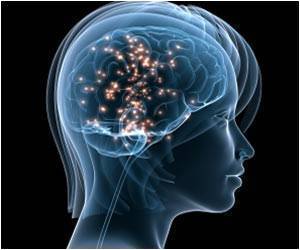Doodling you do in meetings is far from mindless; it actually makes you happy. While doodling gets a bad rap, it's actually associated with better learning, creativity and performance.

‘Doodling is an enjoyable activity, and that positive emotion makes people more creative by opening up to more exploratory avenues of thought.’





And this biologocial proof could potentially challenge some of our assumptions about ourselves." For the study, 26 participants wore fNIRS headbands while they completed three different art activities (each with rest periods between). For three minutes each, the participants coloured in a mandala, doodled within or around a circle marked on a paper, and had a free-drawing session. During all three activities, there was a measured increase in bloodflow in the brain's prefrontal cortex, compared to rest periods where bloodflow decreased to normal rates. The prefrontal cortex is related to regulating our thoughts, feelings and actions. It is also related to emotional and motivational systems and part of the wiring for our brain's reward circuit. So seeing increased bloodflow in these areas likely means a person is experiencing feels related to being rewarded. Doodling in or around the circle had the highest average measured bloodflow increase in the reward pathway compared to free-drawing (the next highest) and colouring. However, the difference between each form of art-making was not statistically significant, according to analysis. Doodling seemed to initiate the most brain activity in artists, but free-drawing was observed to be about the same for artists and non-artists. Interestingly, the set colouring activity actually resulted in negative brain activity in artists. "I think artists might have felt very constrained by the pre-drawn shapes and the limited choice of media," Kaimal explained.
"They might also have felt some frustration that they could not complete the image in the short time." Again, however, these results regarding artists versus non-artists proved statistically insignificant, which might actually track with Kaimal's previous research that found experience-level did not have a bearing on the stress-reduction benefits people had while making art. Overall, though, the finding that any form of art-making resulted in the significant activation of feelings of reward are compelling, especially for art therapists who see art as a valuable tool for mental health. In fact, in surveys administered to the participants after the activities were complete, respondents indicated that they felt more like they had "good ideas" and could "solve problems" than before the activities.
Participants even said they felt the three-minute time spans for art-making weren't long enough. "There are several implications of this study's findings," Kaimal said. "They indicate an inherent potential for evoking positive emotions through art-making -- and doodling especially. Doodling is something we all have experience with and might re-imagine as a democratizing, skill independent, judgment-free pleasurable activity." Additionally, Kaimal felt that the findings of increased self-opinion were intriguing. "There might be inherent aspects to visual self-expression that evoke both pleasure and a sense of creative agency in ourselves," she said. The study is published in The Arts in Psychotherapy.
Source-ANI










